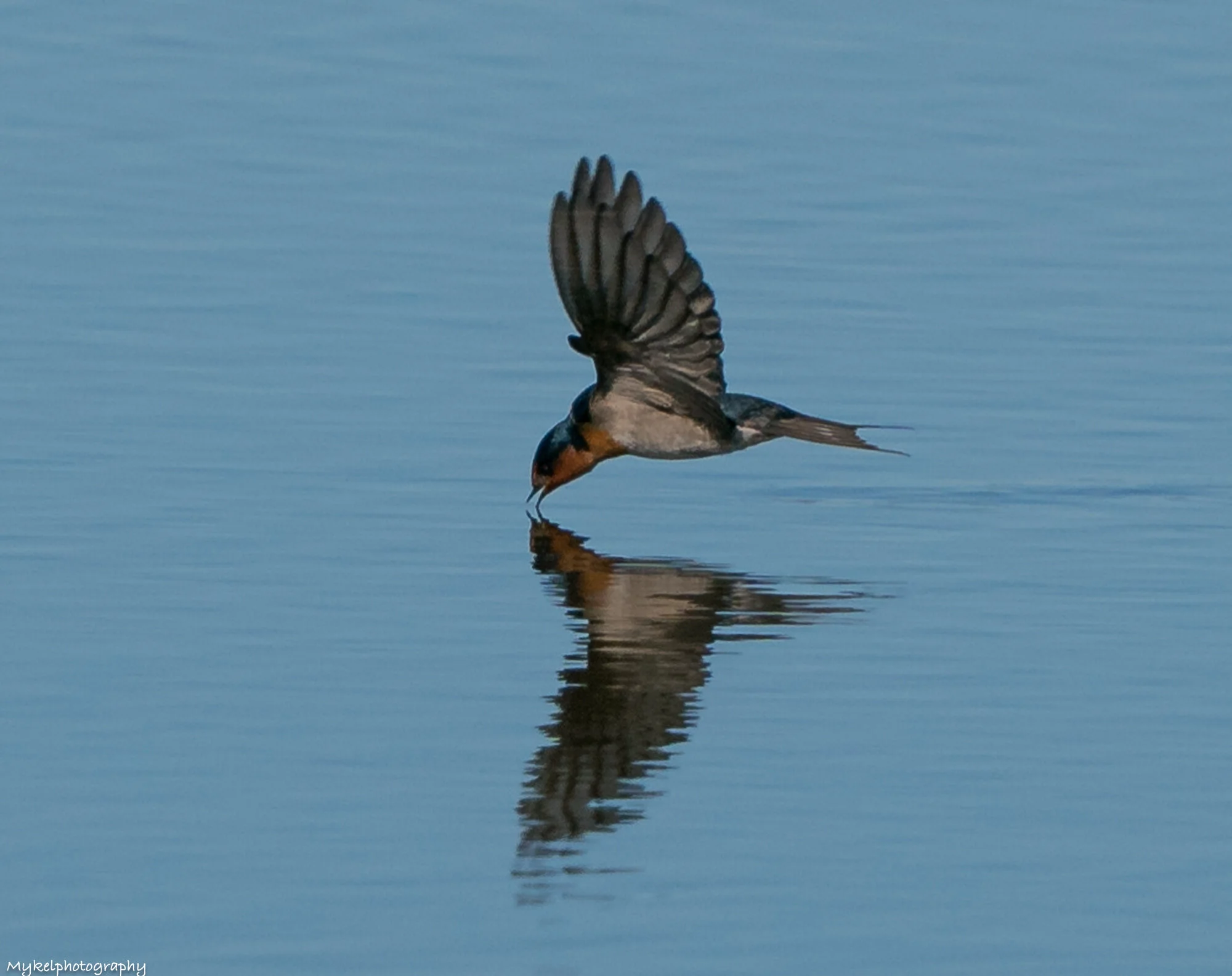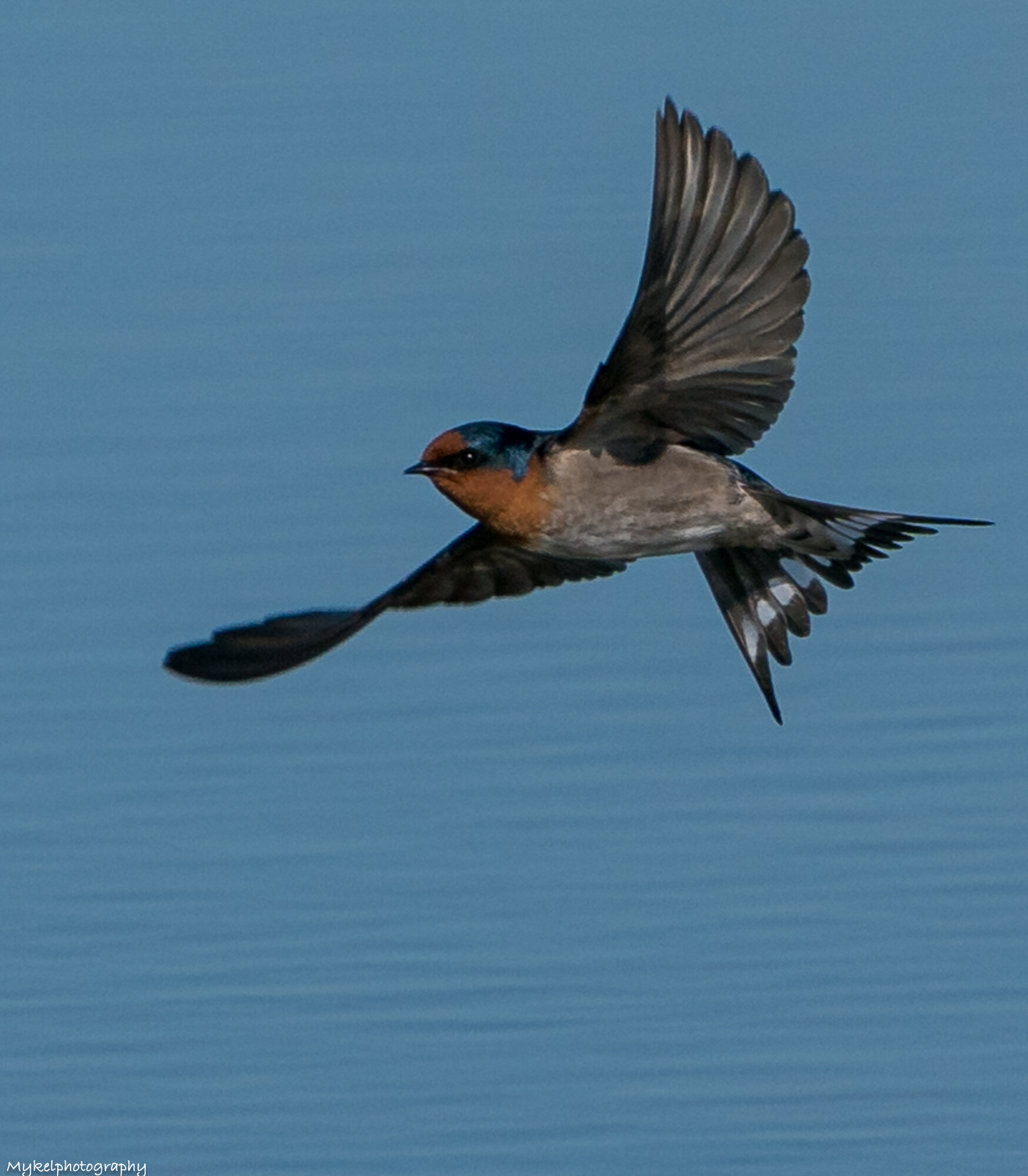11/05/2020
Tolderol Game Reserve
Tolderol Game Reserve is a protected area of 428 hectares on the north-western side of Lake Alexandrina.
The game reserve was proclaimed in 1970 and consists of a series of man made open and shallow basins with connecting channels and levee banks. These levees enable the manipulation of water levels to create rich foraging habitat for migratory wader birds.
Tolderol is a well-regarded bird watching location, reed beds along the lake shore, grassy banks and shallow basins attract a wide variety of water fowl and migratory wader bird species.
I have visited this area a few times now, ope you enjoy some more images….
Golden-headed Cisticola
Cisticola exilis
Cisticolidae
The diminutive Golden-headed Cisticola usually inhabits areas of long, dense grass, where they often remain hidden, but their presence may be betrayed by their buzzing and whistling calls. Once this call is heard, it is often not too difficult to see the bird perched atop a stalk of grass. During the breeding season these tiny birds can sometimes be seen performing display flights, high above the grassland, consisting of a jerking, bouncy flight accompanied by a wheezing song, before diving back down into the long grass.
Golden-headed Cisticola
Cisticola exilis
Cisticolidae
Golden-headed Cisticola
Cisticola exilis
Cisticolidae
Golden-headed Cisticola
Cisticola exilis
Cisticolidae
White-fronted Chat
Epthianura albifrons
Meliphagidae
Commonly occurring in the saltmarshes of southern Australia, the White-fronted Chat is often seen foraging for insects and their larvae among the succulent leaves and stems of stunted saltmarsh plants. With their bold black-white-and-grey plumage, White-fronted Chats are sometimes known as ‘Nunbirds’ due to the resemblance of their feathering to a nun’s habit. They construct neat nests from grass and plant stems in which they lay three tiny eggs. Once thought to be a type of thornbill, scientific studies have shown that chats are actually honeyeaters.
White-fronted Chat
Epthianura albifrons
Meliphagidae
Welcome Swallow
Hirundo neoxena
Hirundinidae
Australia’s most widespread swallow, the Welcome Swallow can be seen fluttering, swooping and gliding in search of flying insects in almost any habitat, between city buildings, over farmland paddocks, in deserts, wetlands, forests and grasslands and every habitat in between.
Welcome Swallow
Hirundo neoxena
Hirundinidae
Welcome Swallow
Hirundo neoxena
Hirundinidae








